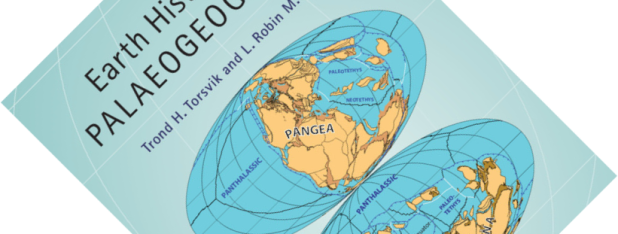What has plate tectonics ever done for us? Not having studied geology, I have a basic understanding of the movement of earth’s continents, but this book made me appreciate just how much of current geology it underpins. Marine geophysicist Roy Livermore, who retired from the British Antarctic Survey in 2006 after a 20-year career, convincingly shows here that the discovery and acceptance of plate tectonics was a turning point in geology, on par with Darwin’s formulation of evolution by natural selection. To paraphrase evolutionary biologist Theodosius Dobzhansky: nothing in geology makes sense except in the light of plate tectonics.
supercontinents
Book review – Earth History and Palaeogeography
This book is an example of what happens when you go down rabbit holes. I have been reading several books on the subject of palaeontology and geology lately, and I know that the face of the earth has shifted over the hundreds of millions of years of deep history covered in these books. But where were all the continents at different times? Many will have seen the iconic maps of the supercontinent Pangaea. But I want to know more. What happened in between? And before? As Nield tells in Supercontinent: 10 Billion Years in the Life of Our Planet, Pangaea was only one of several such supercontinents in Earth’s history. But I want to know more still. Where exactly were the continents located? And how did they move? Several accessible books have provided snapshots of iconic moments, such as the formation of the Himalayas (Mike Searle’s Colliding Continents: A Geological Exploration of the Himalaya, Karakoram, & Tibet) or the disappearance of the Tethys ocean (Dorrik Stow’s Vanished Ocean: How Tethys Reshaped the World). But I want to know more! This technical reference work contains lots of fantastic palaeogeographical maps that answered all my questions.

